Introduction
Montelukast is a widely prescribed leukotriene receptor antagonist (LTRA) used for managing asthma and allergic rhinitis. It is a preferred alternative to inhaled corticosteroids for mild to moderate cases and plays a crucial role in long-term respiratory care. Understanding healthcare provider (HCP) preferences for Montelukast, particularly in comparison to other treatment options, provides insight into prescribing behaviors, patient adherence, and overall efficacy perceptions.
Total Prescribers in India: 230,322 | West, South & North East
HCP Preference Factors for Montelukast
1. Clinical Efficacy & Safety Profile
- HCPs prefer Montelukast due to its proven efficacy in reducing inflammation and bronchoconstriction.
- Favorable safety profile compared to long-term corticosteroid use.
- Minimal drug interactions make it suitable for a broad patient population.
- Strong evidence supports its effectiveness in treating allergic rhinitis and exercise-induced bronchoconstriction.
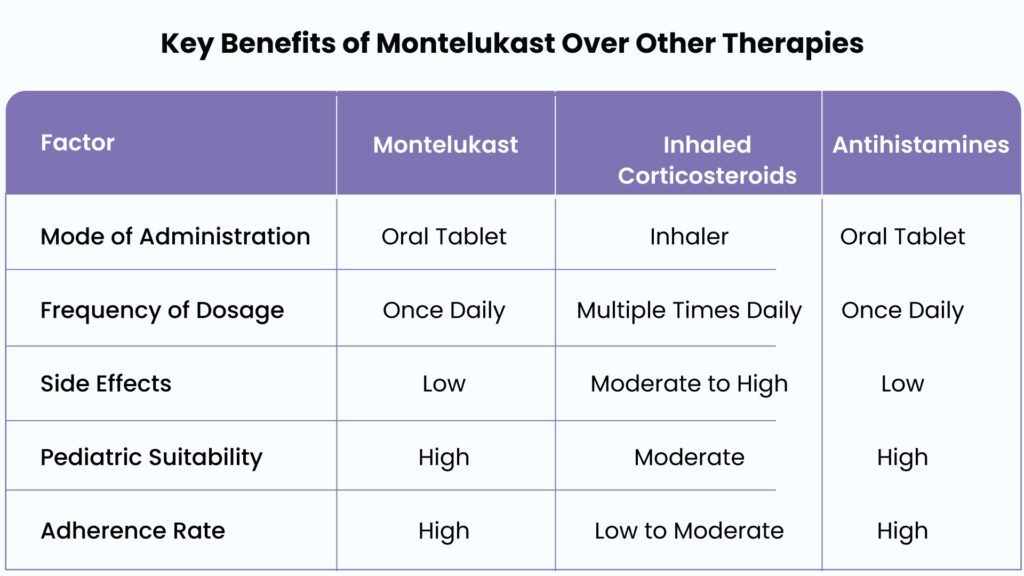
2. Convenience & Patient Compliance
- Once-daily oral administration enhances patient adherence compared to inhaled therapies requiring precise technique.
- Available in various formulations, including chewable tablets for pediatric patients.
- Preferred for pediatric and geriatric populations due to ease of use.
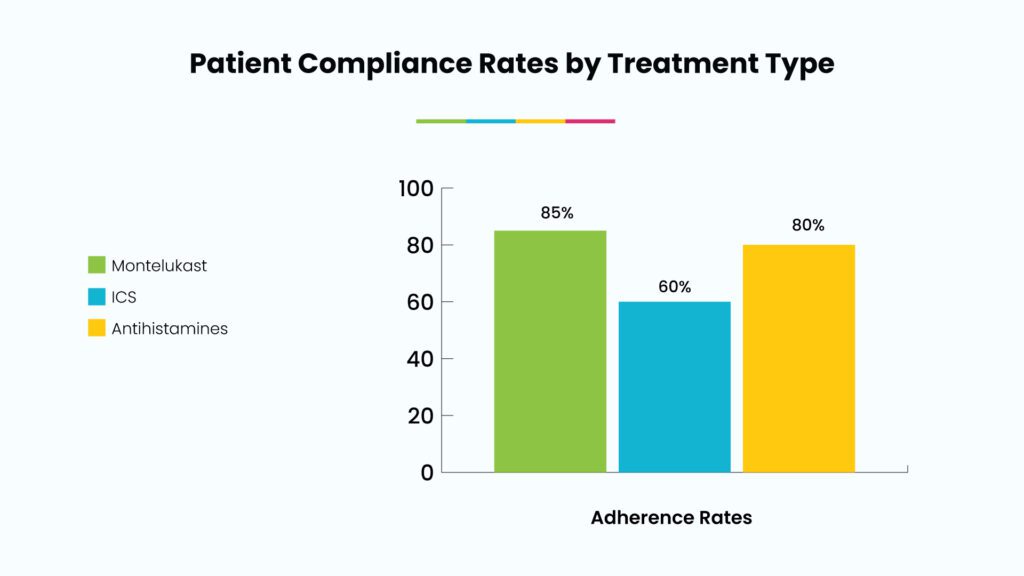
3. Preference over Inhaled Corticosteroids (ICS)
- HCPs may prescribe Montelukast for patients who struggle with inhaler techniques.
- Avoids potential side effects associated with long-term corticosteroid use, such as osteoporosis or oral candidiasis.
- Often used as an adjunct therapy to ICS for better symptom control.
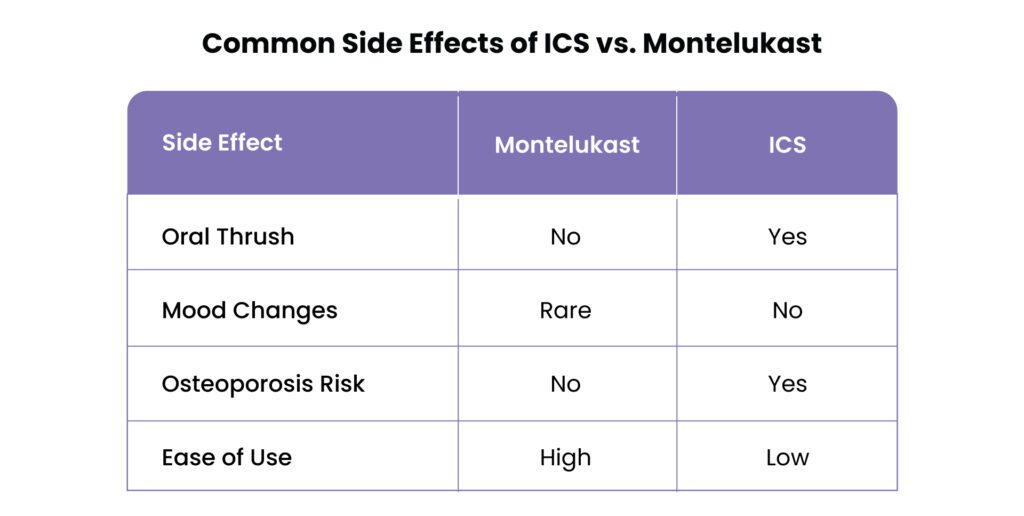
4. Market Competitiveness & Brand Reputation
- Several brands of Montelukast exist, but providers may have brand preferences based on availability, pricing, and trust in pharmaceutical manufacturers.
- Brands with strong marketing support and clinical backing are more frequently prescribed.
- Digital platforms like Hidoc provide insights into brand efficacy comparisons and peer reviews that influence HCP decisions.
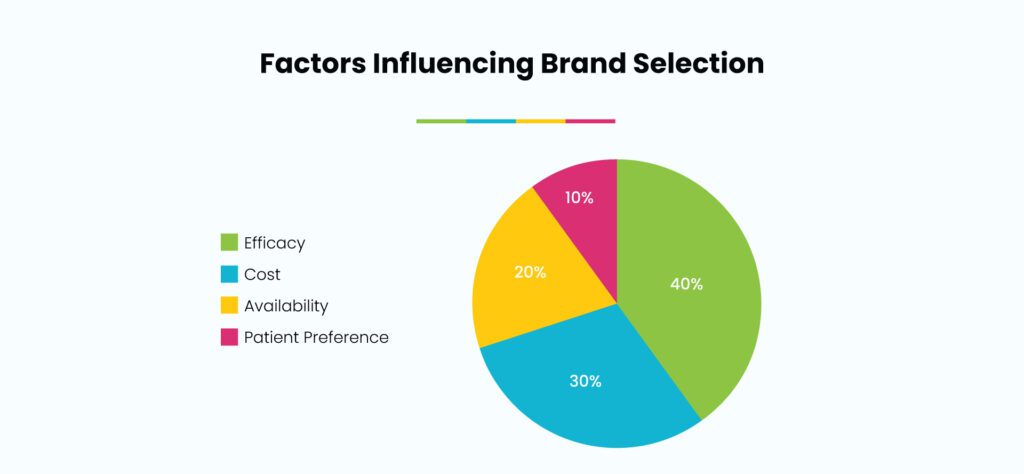
HCP Brand Selection Criteria
1. Availability & Cost-effectiveness
- Generic and branded versions offer cost advantages.
- Insurance coverage and reimbursement policies play a role in brand selection.
- Some HCPs prefer branded Montelukast due to perceived better quality assurance and patient outcomes.
2. Patient Demographics & Specific Needs
- Pediatricians often favor brands with child-friendly formulations.
- Brands offering lactose-free or preservative-free options cater to patients with specific allergies.
- Extended-release formulations might influence prescribing preferences.
3. Real-World Data & Clinical Endorsements
- HCPs value real-world efficacy and peer recommendations available on platforms like Hidoc.
- Brands backed by strong clinical research and extensive post-marketing surveillance gain higher trust.
Market Trends & Prescribing Patterns
Montelukast Prescription Trends by HCP Specialty

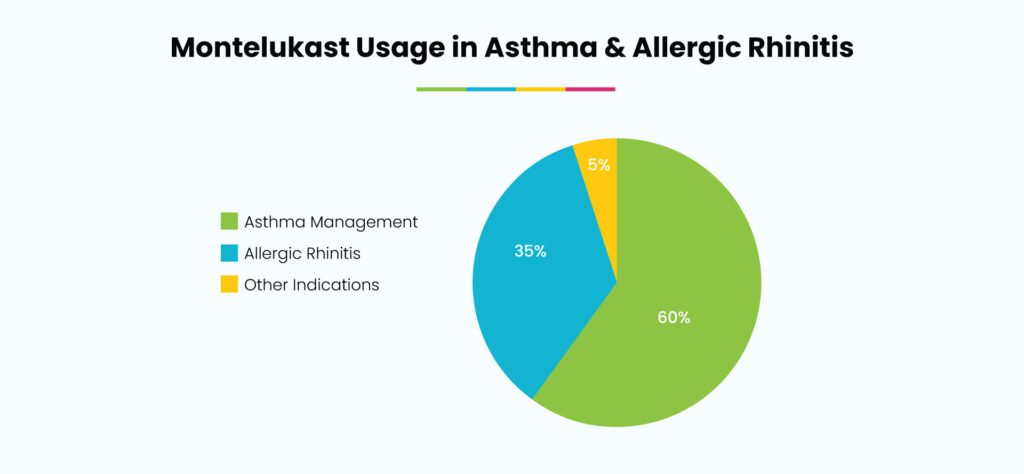
Challenges & Considerations in Montelukast Prescribing
- Black Box Warning: Concerns regarding neuropsychiatric side effects such as mood changes and depression.
- Treatment Adherence: Some patients experience limited symptom relief, leading to discontinuation.
- Combination Therapy Considerations: Often prescribed alongside antihistamines or ICS, impacting standalone brand preference.
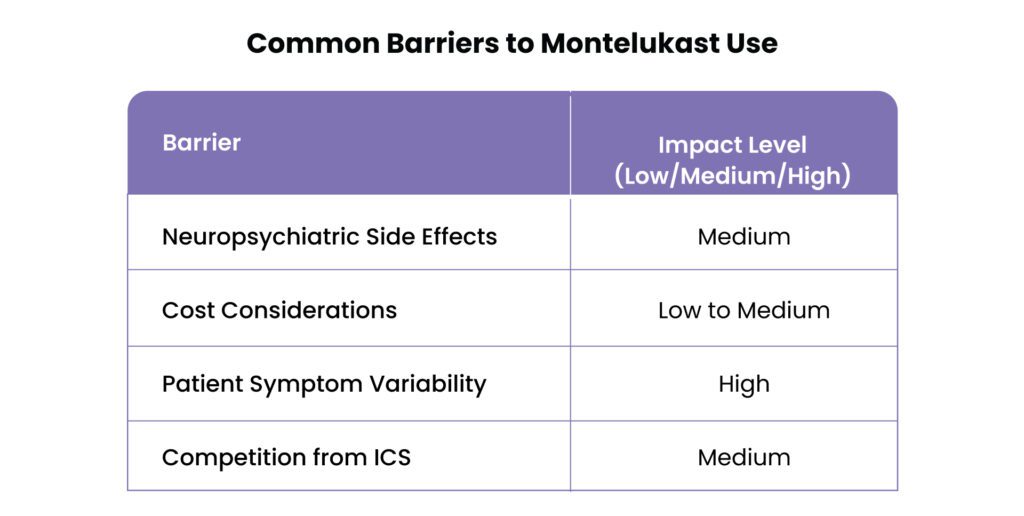
Conclusion
HCP preference for Montelukast as a brand is influenced by efficacy, safety, patient convenience, and cost considerations. Digital platforms like Hidoc contribute to informed decision-making by offering comparative insights, peer reviews, and real-world prescribing trends. Understanding these factors helps pharmaceutical companies tailor their marketing and product development strategies to meet HCP expectations and improve patient outcomes.



